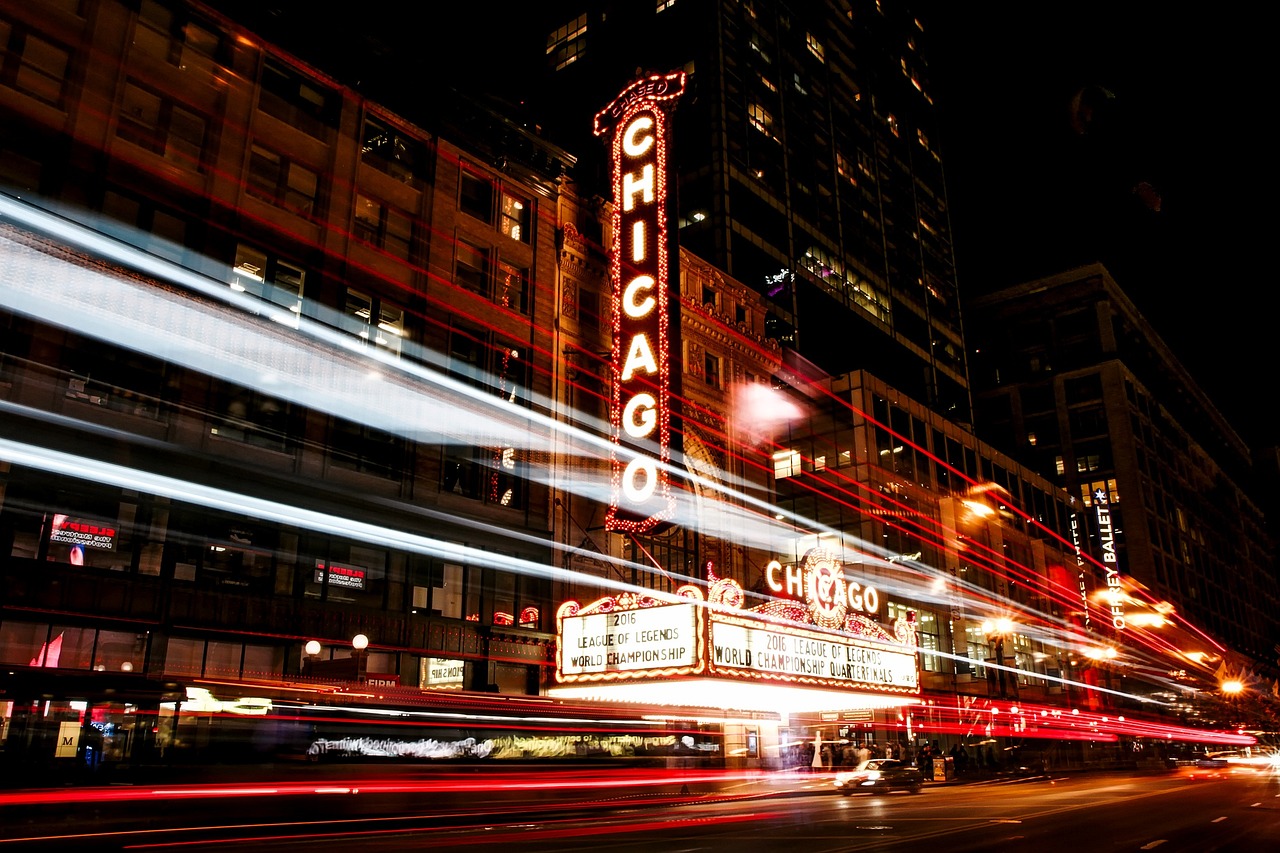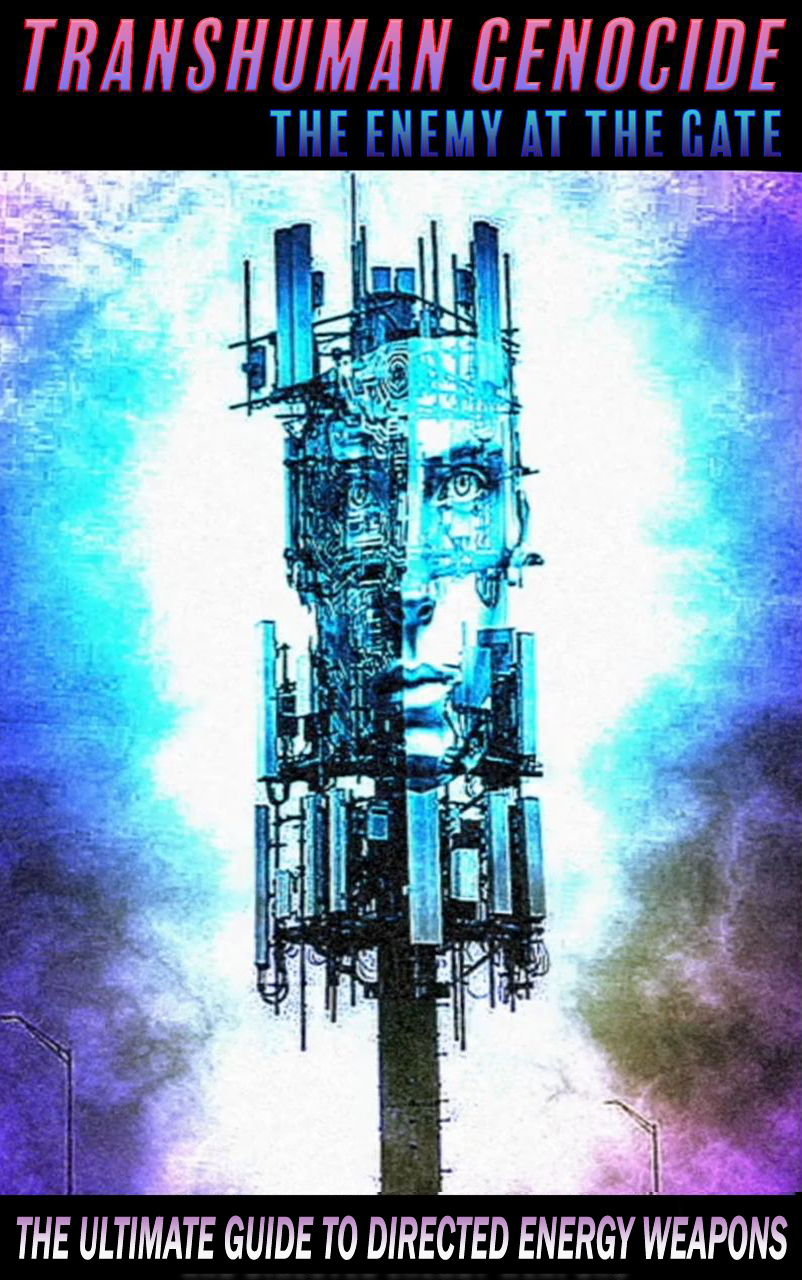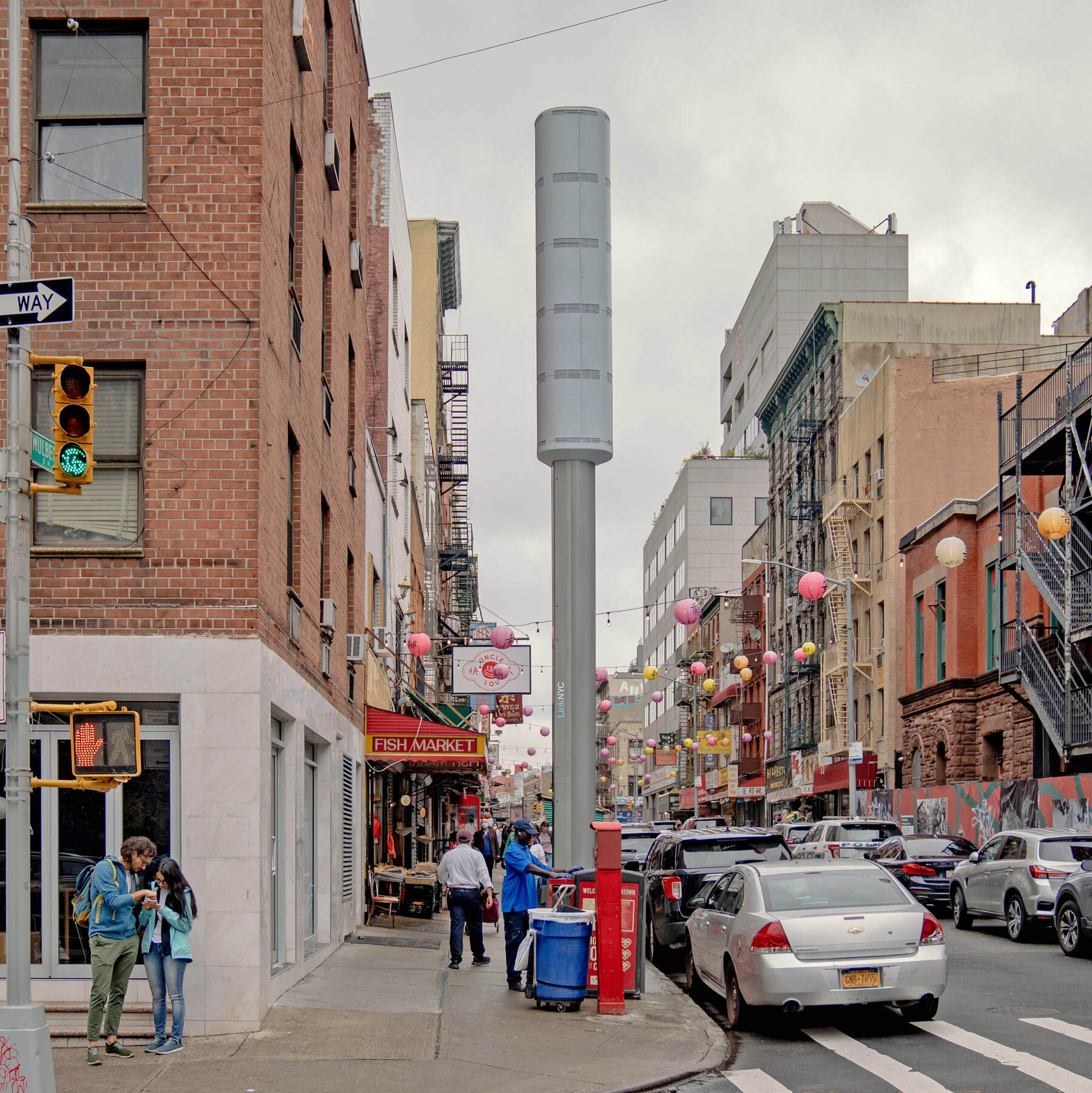The city of Chicago stands at a crossroads, grappling with the imposition of snap curfews aimed at curbing “teen takeovers.” The official narrative paints these measures as necessary for public safety, supported by some city officials. However, a closer examination reveals a more insidious agenda at play. The orchestrated push for these curfews is not just about maintaining order but about conditioning a population to accept increased surveillance and control, setting the stage for a deeper level of societal manipulation.

The proposed curfews, backed by select council members and law enforcement, are shrouded in the guise of protecting communities from unruly youth gatherings. Yet, beneath the surface, lies a pattern of control and surveillance that echoes a broader agenda. By seizing the authority to enforce curfews with minimal notice, those in power are laying the groundwork for a system that can swiftly restrict movement and assembly based on subjective criteria, such as social media chatter. This paves the way for a future where individual freedoms are curtailed at the whims of those in authority.
The key players driving this agenda, including Alderman Brian Hopkins, Mayor Brandon Johnson, and Chicago Police Superintendent Larry Snelling, are not acting in isolation. Historical patterns reveal a concerted effort to erode civil liberties under the guise of public safety. The push for expanded curfew powers mirrors past tactics used to incrementally tighten control over populations, leading to a society where constant surveillance and restricted freedoms become the norm. This is not about addressing immediate concerns but about laying the groundwork for a more sinister form of governance.
The implications of these snap curfews extend far beyond their immediate impact on teenagers and communities. They represent a calculated move towards a future where individual autonomy is sacrificed in the name of security. By normalizing the use of curfews based on vague criteria like social media activity, the authorities are priming the populace to accept a reality where freedom of movement and association are heavily regulated. This disproportionately affects marginalized communities, who are often the targets of increased surveillance and control measures.
The intent behind these snap curfews is clear: to condition the population to accept heightened levels of control under the guise of safety. By implementing curfews that can be swiftly enforced based on flimsy justifications, the authorities seek to create a climate of fear and compliance. This sets the stage for a future where individual rights are subjugated to the whims of those in power, paving the way for a dystopian reality where freedom is a distant memory.
As we look to the future, it is crucial to recognize the significance of these seemingly isolated events. The push for snap curfews in Chicago is not just about public safety but about testing the waters for a more pervasive form of control. If left unchecked, these measures could set a dangerous precedent, leading us down a path where surveillance and restriction are the norm rather than the exception. It is up to us to remain vigilant, to question authority, and to resist any encroachment on our fundamental rights. The time to act is now, before the shadows of control grow too long to escape.

